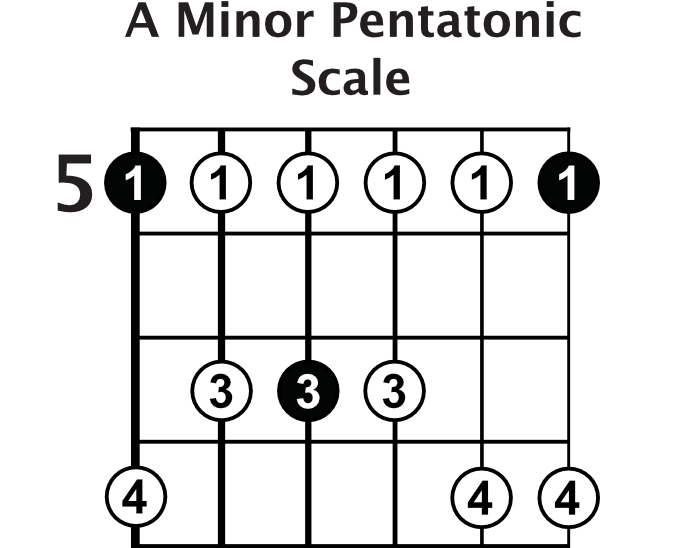In this lead guitar lesson, I’m going to share three essential country lead guitar tips with you. Most guitar players already know shapes for their major pentatonic, minor pentatonic, and blues scales but many don’t really know how to use them beyond a simple rock context. The tips I’m going to give you here will help you to start using these scales to really make your leads sound more country. There is a lead lick for each little concept to help you understand and apply all three concepts. There is also an MP3 jam track to make practicing these ideas more fun. We will be in the key of A major for this entire lesson. If you don’t know the scales below yet, take some time to check out the diagrams and get familiar with them. If you are new to lead guitar you might want to go through The Lead Guitar Quick-Start Series here on GuitarLessons.com.





The first tip I have for you is to “Bend The Two Up To The Three”. By that I mean that you can bend the 2nd scale degree of a major pentatonic scale up to the 3rd scale degree to get a really country sound. Check out the video for an example of how this sounds and then download the pdf to try lick #1.
Tip number two is to “Mix Up Your Major And Minor Pentatonic Scales”. When you do this three notable things happen. You get a minor third in the minor pentatonic scale, a major third in the major pentatonic scale, and minor seventh in the minor pentatonic scale. These intervals can create a really country sound. Bending the minor third up to the major third is a lot like bending the two up to the three. It’s just a signature country sound. Having the lowered seventh in the minor pentatonic scale, along with all of the notes in the major pentatonic scale, gives you kind of a dominant 7th feel. Again, very country sounding.
The first step to using tip number two is to simply get used to switching back and forth between your major pentatonic and minor pentatonic scales. Pull up the jam track and try playing back and forth between an A major pentatonic scale and an A minor pentatonic scale. Going back and forth between them can give you a really whining major sound that is present in a lot of country music.
Another way to think about tip number two is to use the relative minor blues scale for what every major key or major chord you are playing over. For example: If we are in the key of A major, the relative minor for A major is F# minor. You can simply use an F# blues scale over the A major groove in the jam track. Here is what is happening and why this sounds good. The flat 5 note of the relative minor blues scale is the lowered 3rd of the parent major scale. In this case the C note is the flat 5 of the F# blues scale and it is also the lowered 3rd of the A major pentatonic scale. Give it a try. Pull up the jam track and switch between your A major pentatonic scale and the F# blues scale.
The last tip I have for your country guitar playing is to “Experiment With Your Blues Scale”. By that I mean to use the corresponding blues scale to the major chord your are playing over. In our example we would use an A blues scale over the A major groove in the jam track. This can be quite bluesy sounding, but depending on the context of the tune you are playing over it might be desirable. Pull up the jam track and experiment with this.
This can be a lot to digest if you are new to this kind of playing. Take it one concept at a time and work on that one thing for a few days or weeks in your practice time. Once you have a good handle on the first concept you can add in the second and then the third. Have fun and use this opportunity to experiment and find your country lead guitar voice.

